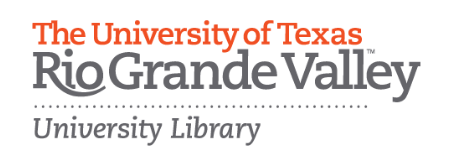Zero Textbook Cost
ZTC (free) vs. OER (open = free + permissions)
Looking back at Unit 1, you learned that free and open are not synonymous. A resource, like an eBook or streaming video from a library database, may be free to use by your students, but it is not openly licensed. Instead that eBook and video are copyrighted all rights reserved. They can still be used as a zero cost resource for course material, but the permissions on reuse, modification, and redistribution are different.

Across the state, institutions have branded their OER courses with a variety of terms such as ZTC (zero textbook cost) or low-cost. ZTC labeling is helpful for students and allows institutions to provide transparent information on course material costs. To comply with SB810, OER Course Marking requirements, institutions should familiarize themselves with the requirements outlined in the bill to identify the use of OER . Below is one example of current terminology noted in one institution’s course schedule for students:
This is a ZTC-class (Zero Textbook Costs section). In place of required textbooks, all textbook materials needed for the class will be available online to students free of charge. Students may print copies of the resources but will be responsible for printing costs. Course materials may be Open Educational Resources (OER), see syllabus for specifics.
As classroom faculty, whether you choose to use an open educational resource or other freely available course material is the decision of you and your department. However, keep in mind everything you’ve learned in these units. Keep the distinctions between free and open clear. Fully understand the reuse, adaptation, and redistribution permissions for the material you’ve chosen. Routinely, adopt the tools you used in Units 5 and 6 to track, organize, and evaluate your resources. Fully understanding the differences between free and open can save you, your department, and the institution from copyright violations as well as challenges to the fair use permissions.
OER Degree (Z-Degrees) Pathways in Texas
As the 2019 Landscape Study demonstrated, two-year institutions in the state are leading the way in OER degree pathways. OER Degrees, often branded Z-Degrees, first emerged at Tidewater Community College in Virginia. Their zero textbook cost degree, an AS in Business Administration, launched in 2013. A zero textbook cost degree program is a set of courses in a specific program area that allows a student to earn a credential, such as an associates degree or certificate program, with zero textbook costs. These degree pathways use open educational resources and/or materials provided to students free of charge, e.g., via the library.
From 2016-2019, 38 community colleges across the country participated in the Achieving the Dream OER Degree Initiative Grant. In Texas, this included Odessa College,
Alamo Colleges District, Austin Community College, San Jacinto College, and El Paso Community College. In February 2020, Achieving the Dream released a research and evaluation report. This report looked at the academic and economic outcomes of the OER Degree programs: OER at Scale: The Academic and Economic Outcomes of Achieving the Dream’s OER Degree Initiative.
Since 2016 institutions of higher education across Texas have added or expanded their OER Degrees or course offerings. Many institutions are offering incentive programs to support faculty who want to transform their teaching and adopt OER. Below is a sample list of institutions in the state with current OER/Z-Degrees, extensive OER course offerings, or faculty incentive programs for OER:
Two-Year Institutions
- Alamo Colleges District
- Austin Community College
- Z-Degree Information for Students
- General Studies of Arts Program (Textbook-free Z-Degree option)
- Houston Community College
- San Jacinto College
- South Texas College
Four-Year Institutions
- Texas A&M University-Corpus Christi
- University of Texas System
- OER at UT Institutions (A comprehensive listing of OER initiatives throughout the system)
In Texas and beyond, Z-degrees tend to be offered at the community college level, in part because two-year degrees require less resources to build the degree programs, with their smaller number of required courses. Additionally, there has been a focus, historically, on developing OER for lower-level, often general education core courses, with fewer available for upper-division, advanced courses required for four-year degrees.

